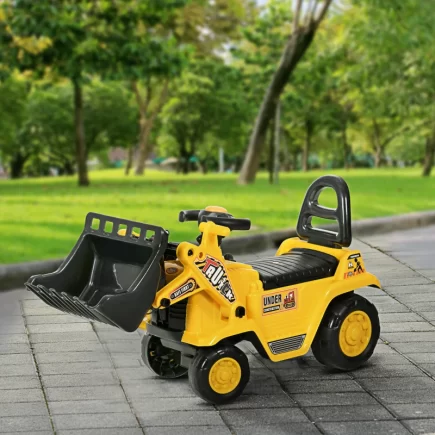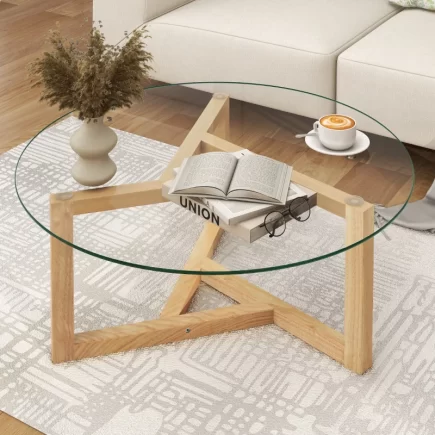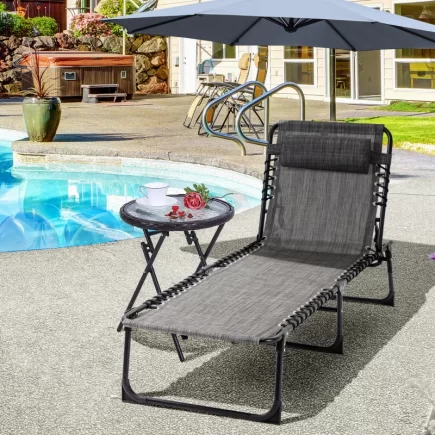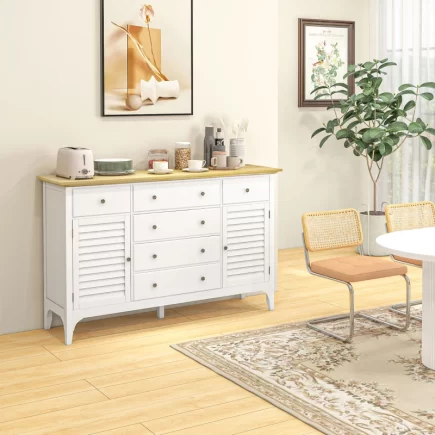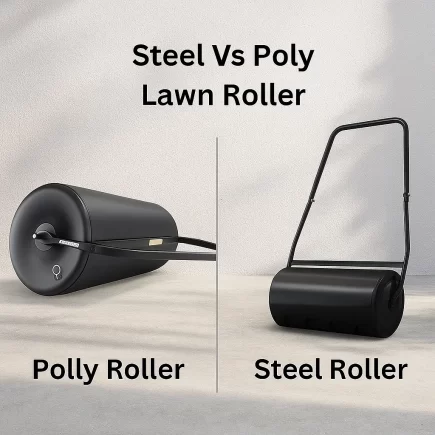A shower chair is an essential piece of bathroom safety equipment, providing stability and comfort for those with mobility challenges. Keeping your shower chair clean is crucial not only for hygiene but also for ensuring its longevity and safety. Dirt, mold, and mildew can accumulate quickly, potentially affecting the chair’s structure and your health.

Regular maintenance prevents build-up and helps the chair last longer, ensuring you continue to benefit from its use. In this article, we will walk you through the best way to clean your shower chair, step by step, ensuring it stays safe, hygienic, and functional for years to come.
Step-by-Step Cleaning Process
1. Gather the Necessary Cleaning Supplies
Before you begin, make sure you have all the cleaning materials you’ll need:
- Mild soap: Choose a gentle soap that won’t damage the chair’s material.
- Warm water: Ideal for loosening grime and soap scum.
- Soft cloth or sponge: A microfiber cloth or soft sponge works best for wiping and scrubbing without scratching.
- Scrub brush: A soft-bristled brush is essential for stubborn stains and hard-to-reach spots.
- Disinfectant: Use a commercial disinfectant or a natural solution like a vinegar-water mix to kill germs and bacteria.
- Towel or cloth: For drying the chair completely.

2. Prepare the Shower Chair
Before cleaning, ensure that the chair is fully dry. Water can cause damage to certain materials if left standing. If your chair has any removable parts, such as armrests or footrests, it’s best to remove them for thorough cleaning. This step also helps you access every area of the chair without obstruction.
3. Remove Visible Dirt and Debris
Use a dry cloth to wipe away any dust, hair, or loose debris from the chair. Pay extra attention to the crevices, where dirt tends to hide. This step is crucial before you apply water or soap, as it prevents grime from turning into mud, making it harder to clean.
4. Clean with Mild Soap and Water
Now it’s time to clean the main surfaces of the chair. Mix mild soap with warm water, then use a soft cloth or sponge to scrub the chair. Start with the easy-to-reach areas like the seat and backrest, and work your way to the legs and joints. Focus on spots where grime tends to accumulate, such as around joints, the backrest, and the legs.
For areas with more buildup, you may need to apply a little extra pressure, but be sure not to scratch or damage the surface. A gentle, consistent motion is best to avoid hurting the material.

5. Use a Scrub Brush for Stubborn Stains
Sometimes, certain stains or mold can be more persistent. In these cases, a scrub brush will be your best friend. Choose a soft-bristled brush to avoid damaging the chair’s finish. Gently scrub the areas with stubborn grime, especially in corners or joints where mold or soap scum may have formed.
If you notice any mold or mildew, ensure you scrub these areas thoroughly, as they can pose a health risk. Use the brush to carefully remove all mold, and then proceed to disinfect the area to kill any remaining bacteria.
6. Disinfect the Shower Chair
Once the chair is clean, it’s important to disinfect it to kill germs and bacteria. You can use a commercial disinfectant, or if you prefer a more natural solution, a mixture of equal parts white vinegar and water works just as well. Apply the disinfectant using a clean cloth or spray bottle, and wipe down the entire chair, paying special attention to high-touch areas like the armrests and backrest.
Disinfecting your shower chair regularly will help ensure that it remains hygienic and safe to use, especially for individuals who need it for mobility or support.

7. Dry the Chair Thoroughly
After cleaning and disinfecting, it’s essential to dry the chair completely. Use a clean towel or cloth to absorb any remaining water. Drying helps prevent water spots and rust, particularly around metal parts. Make sure no moisture is left in the crevices, as lingering water can cause mold or mildew to form.
Leaving the chair to air dry in a well-ventilated area is also a good option, but always make sure it’s completely dry before reassembling any removable parts.

Check for Damage and Maintenance
While cleaning, it’s a good idea to check for any signs of wear and tear. Look for cracks, rust, or loose screws, and make sure all parts are securely fastened. A well-maintained chair will last much longer and continue to provide stability and safety.
If you notice any significant damage, such as a rusted frame or broken seat, it may be time to replace the chair or its parts. Regular inspection during cleaning can help you spot these issues early, preventing bigger problems down the road.
Ensure Longevity and Safety with Regular Shower Chair Cleaning
Cleaning your Shower Chair regularly is essential for maintaining hygiene, safety, and the longevity of the chair. By following this simple step-by-step guide, you can ensure that your chair remains in excellent condition, providing comfort and stability every time you use it.
Don’t forget to check your chair for any signs of damage during cleaning, and if parts begin to deteriorate or mold is difficult to remove, consider replacing the chair or its components. A well-cared-for shower chair will last longer and continue to serve its purpose, helping you stay safe and independent in the bathroom.
FAQs
1. How often should I clean my shower chair?
It’s recommended to clean your shower chair at least once a week to maintain hygiene. However, if it’s used frequently or exposed to excess moisture, more frequent cleaning may be necessary to prevent mold and mildew buildup.
2. Can I use bleach to clean my shower chair?
Bleach can be too harsh on some materials, potentially causing damage or discoloration. Instead, use mild soap and water or a vinegar-water solution for a safer, effective cleaning option.
3. What should I do if my shower chair starts to rust?
If rust appears, gently scrub the affected areas with a soft brush or steel wool, then apply a rust-removal solution. Afterward, ensure the chair is thoroughly dried to prevent further rusting.
4. My shower chair has removable parts. Should I clean them separately?
Yes, removable parts like armrests and footrests should be cleaned separately to ensure a more thorough clean. Use a mild soap solution and wipe each part carefully before reattaching.

